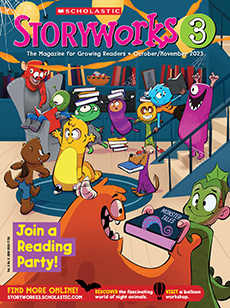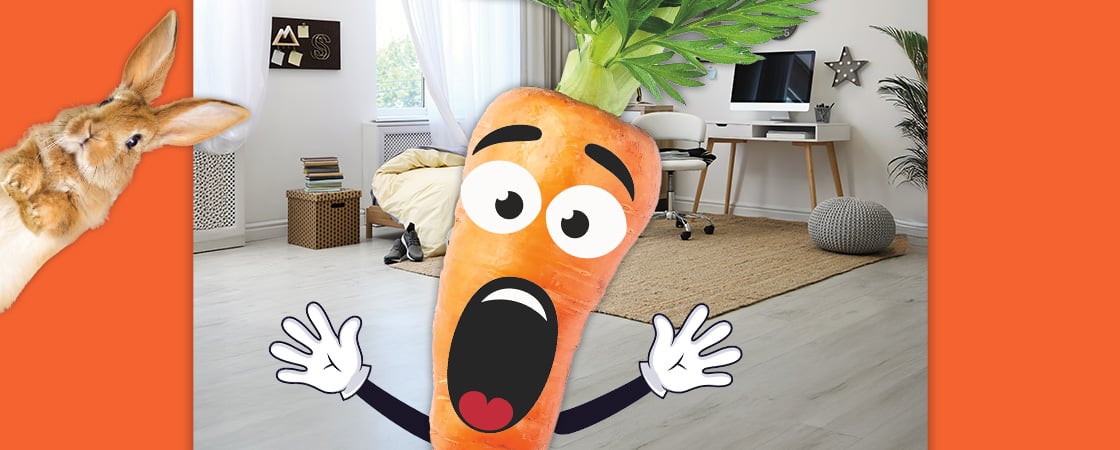I’ve turned into a carrot, it’s baffling and strange.
Somehow while I was sleeping, I underwent a change.
Last night I was a human, with head and hands and feet,
This morning I’m a vegetable I’ve rarely cared to eat.
I look into the mirror, and see I’m long and lean.
I have an orange body, my hair is leafy green.
A further complication compounds my current woe,
A rabbit is approaching . . . So long! I’ve got to go.

